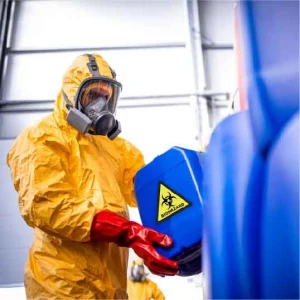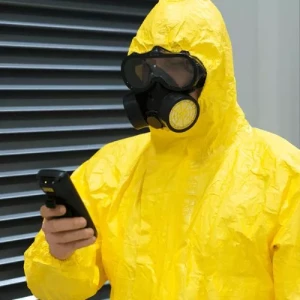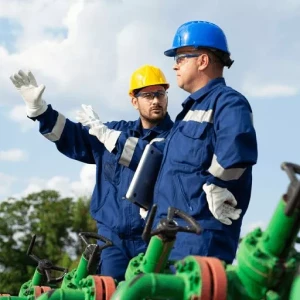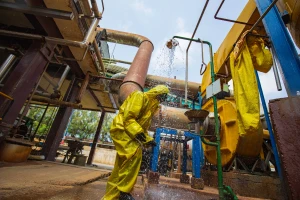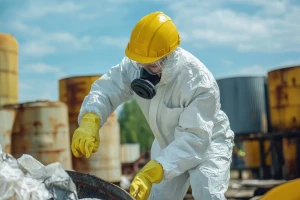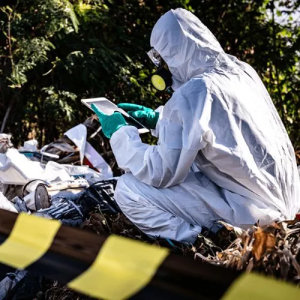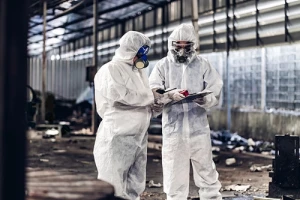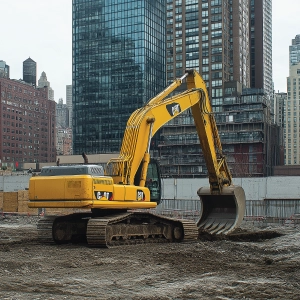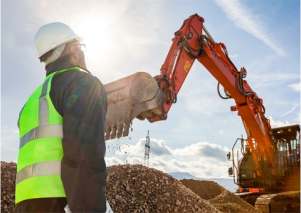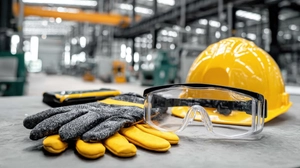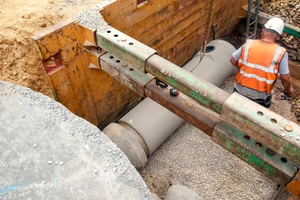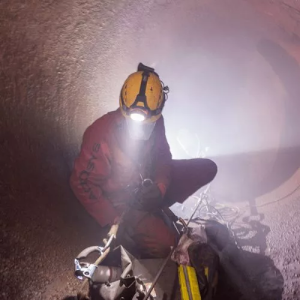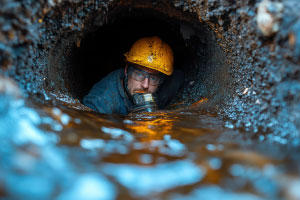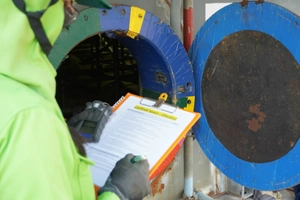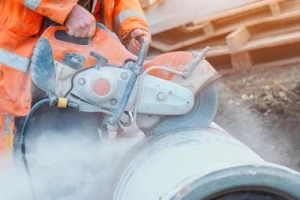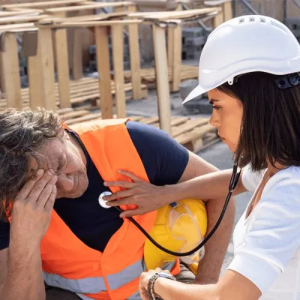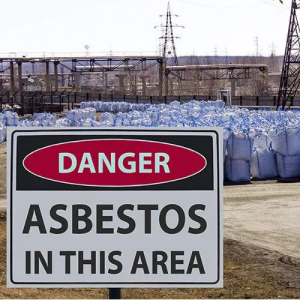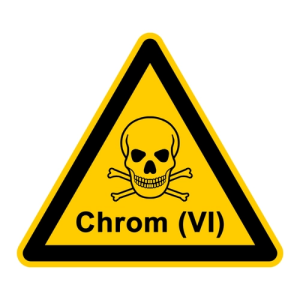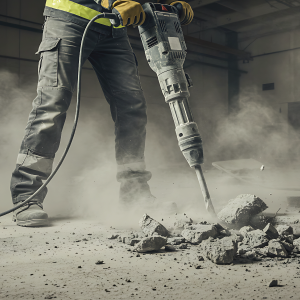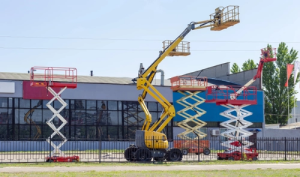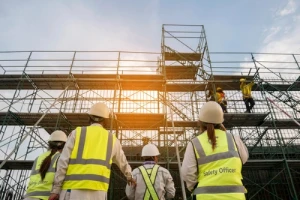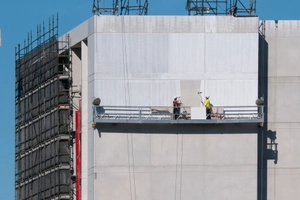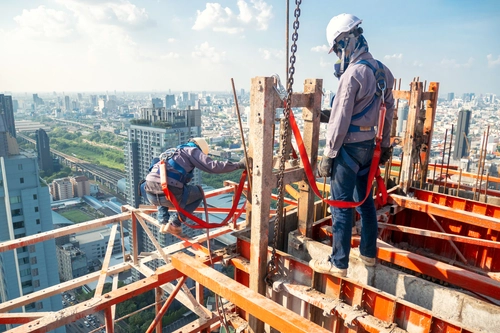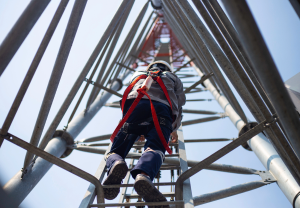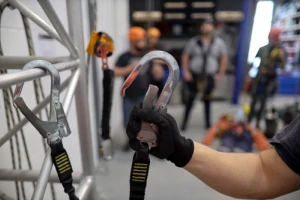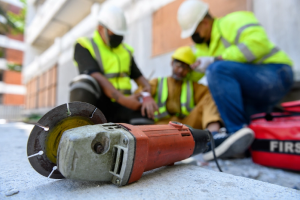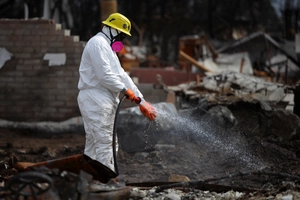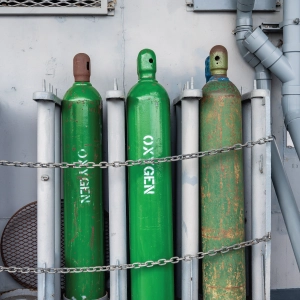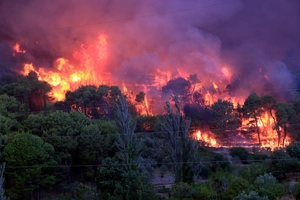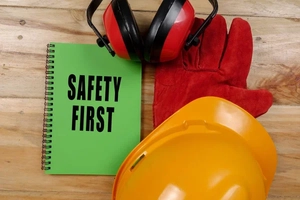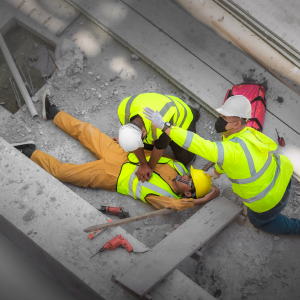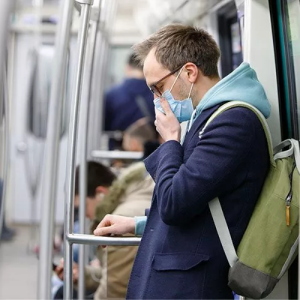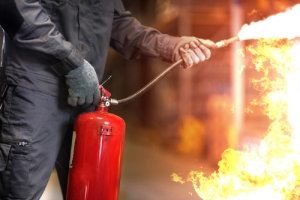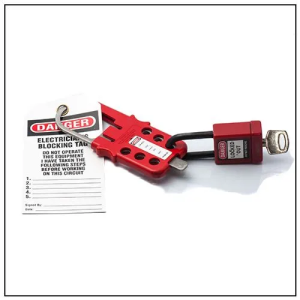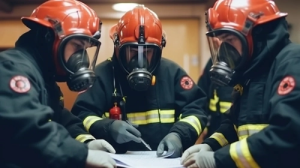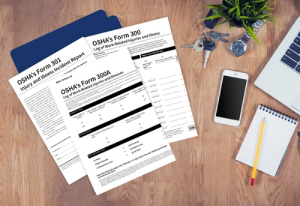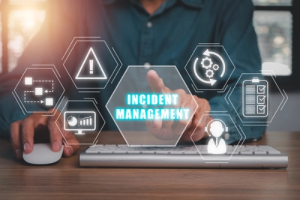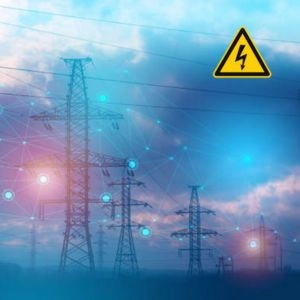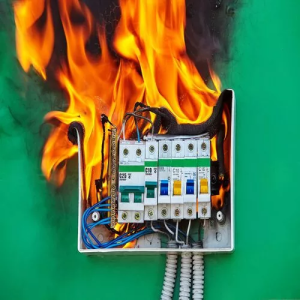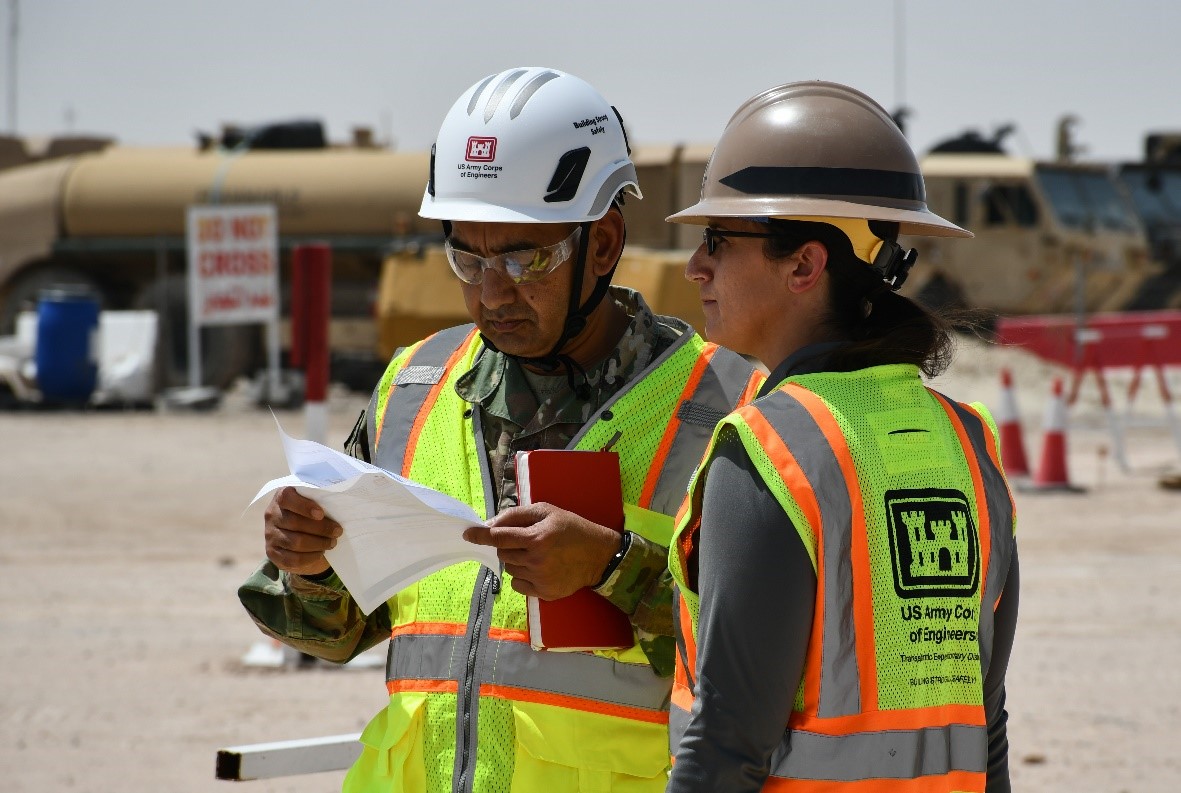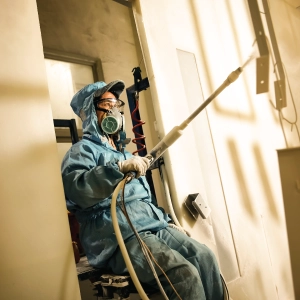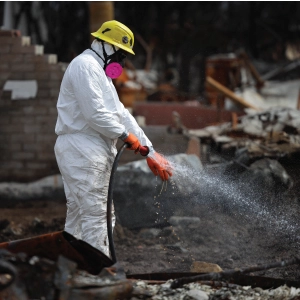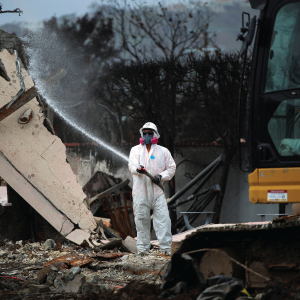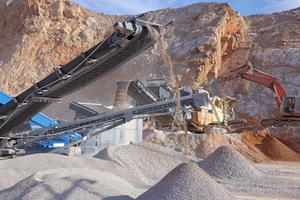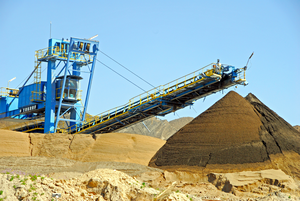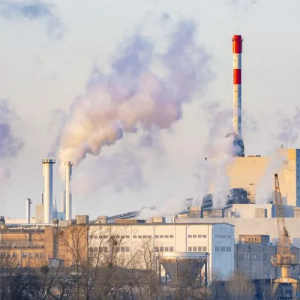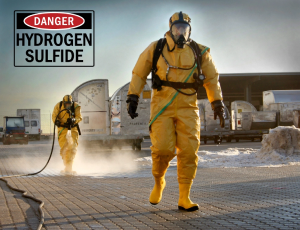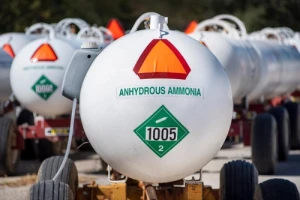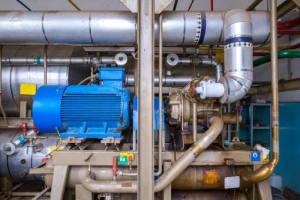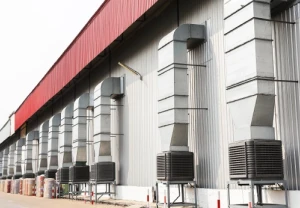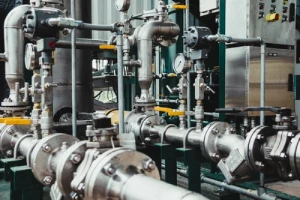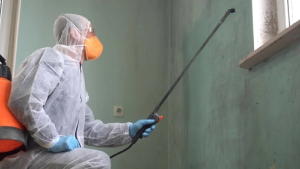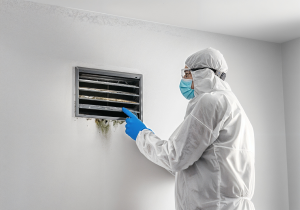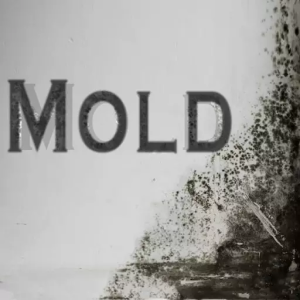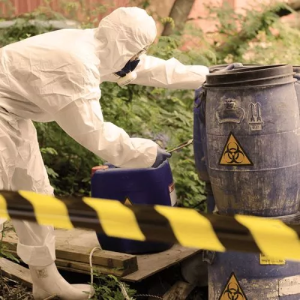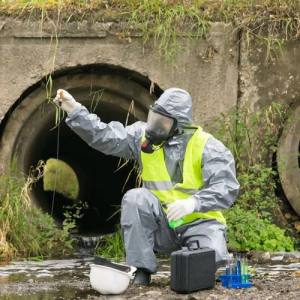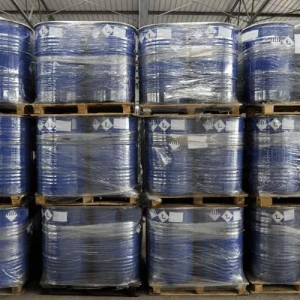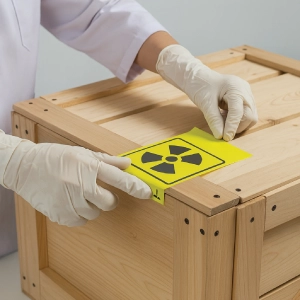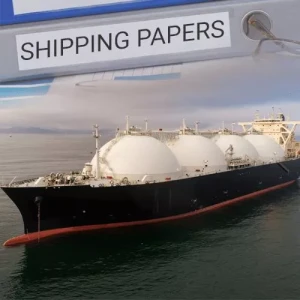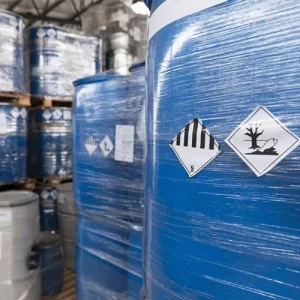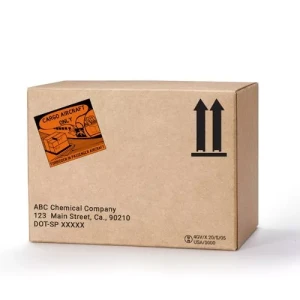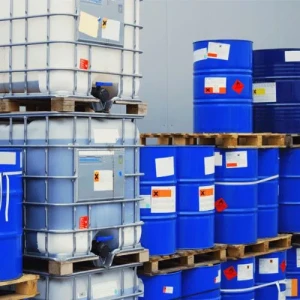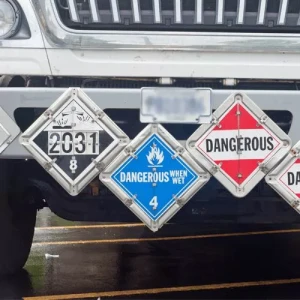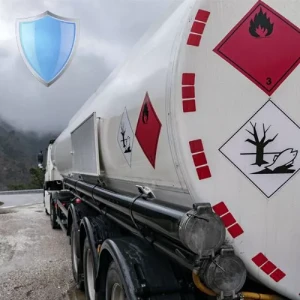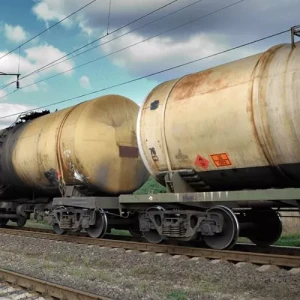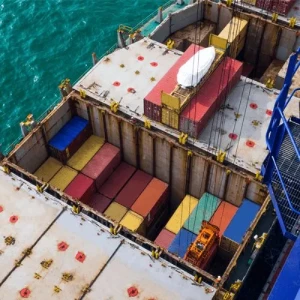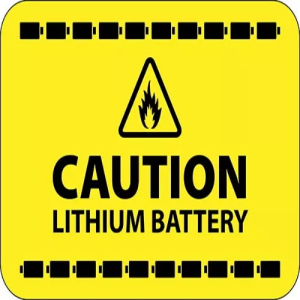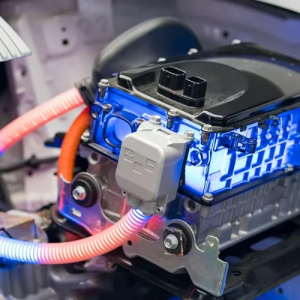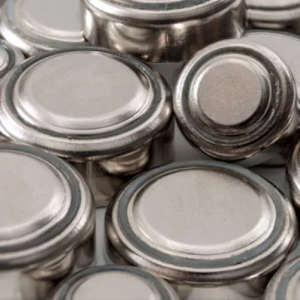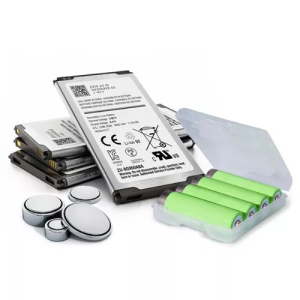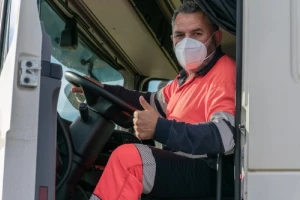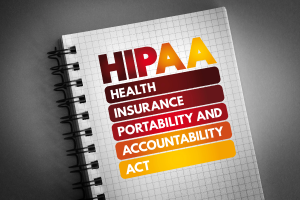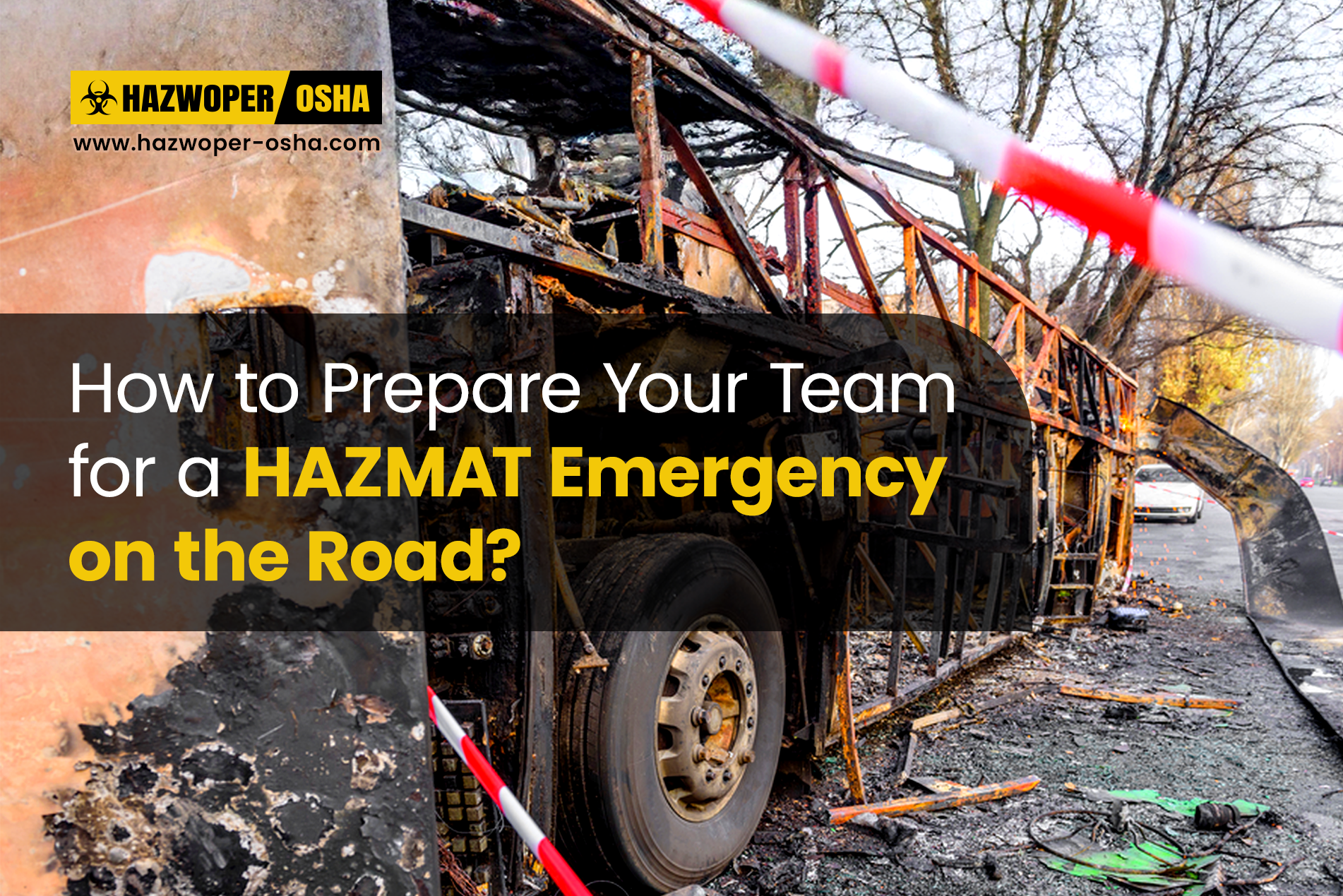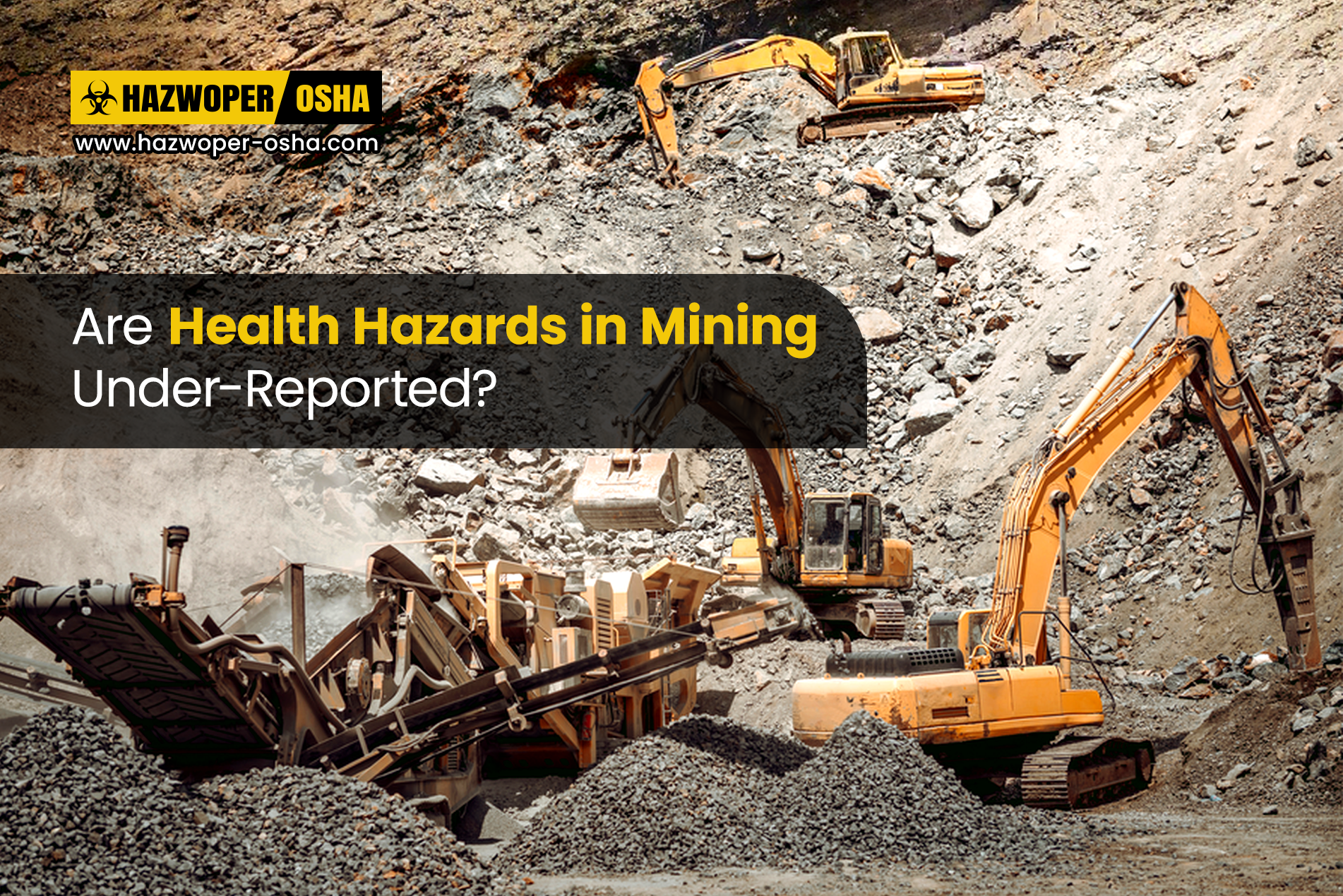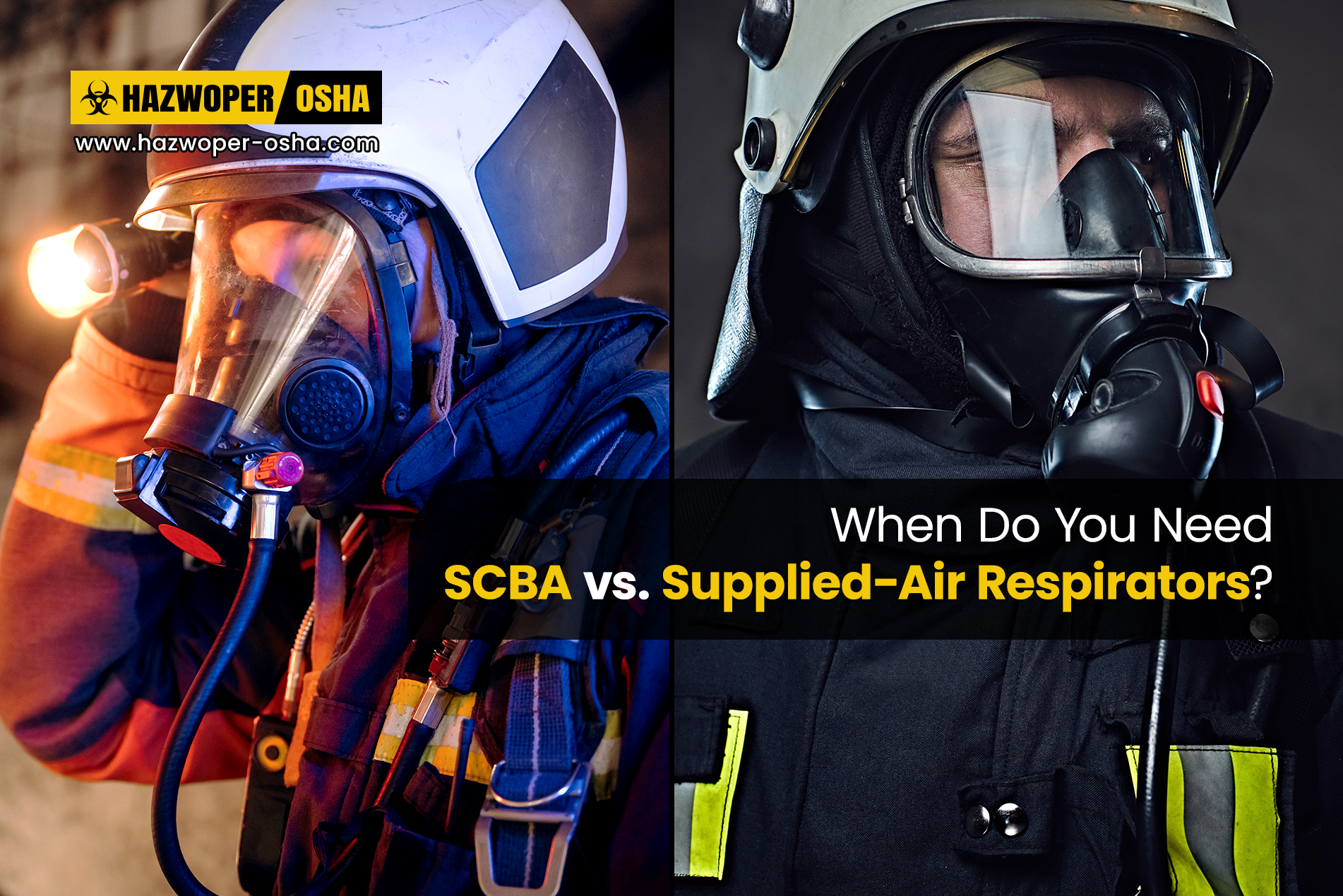Ammonia Leak Response SOP: A Field-Ready Guide for Safety Managers
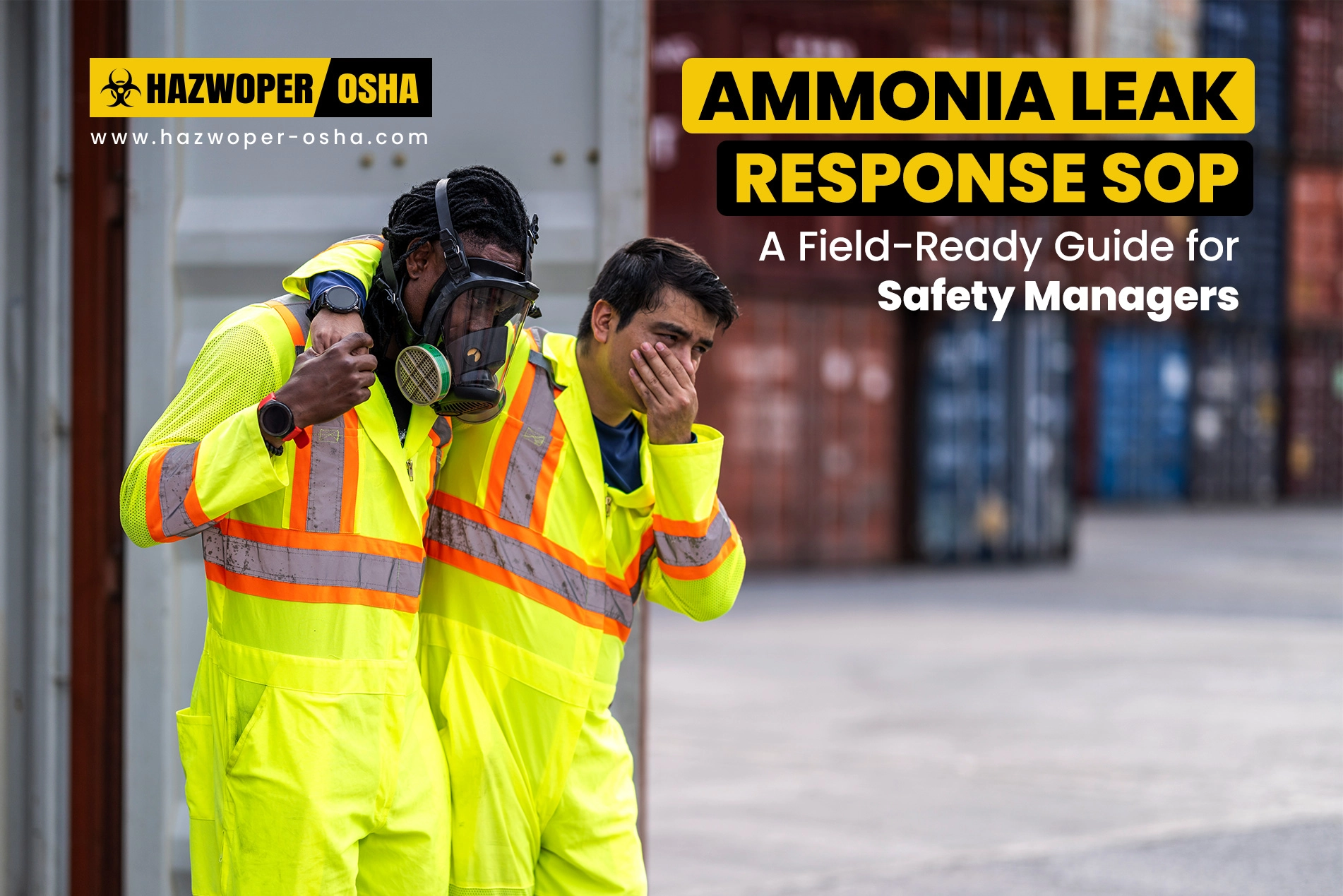
Aligned with OSHA 29 CFR 1910.119 (PSM), 1910.120 (HAZWOPER), EPA RMP (40 CFR 68), and IIAR good practice. Built for fast decision-making, clean accountability, and rigorous documentation.
Purpose
Provide clear, actionable steps to safely control and resolve ammonia releases, protecting personnel, the public, and the environment while minimizing process disruption and asset damage.
Scope
- Applies to all employees, contractors, and visitors on site.
- Covers refrigeration systems, piping, storage vessels, transfer points, docks, and loading bays.
- Addresses minor leaks (on-site containment feasible) and major leaks (IDLH, off-site impact, emergency services required).
References
- OSHA 29 CFR 1910.119 – Process Safety Management (PSM)
- OSHA 29 CFR 1910.120 – HAZWOPER
- EPA 40 CFR 68 – Risk Management Program (RMP)
- IIAR Standards & Bulletins – Ammonia refrigeration safety
Definitions
- Minor Leak: Localized release; detectable odor; readings below IDLH; controllable by trained on-site team.
- Major Leak: Large/uncontrolled release; strong odor site-wide; visible vapor cloud; alarms active; potential off-site impact; at or above IDLH 300 ppm.
- IDLH: Immediate Danger to Life or Health. For ammonia: 300 ppm.
Roles & Responsibilities
Safety Manager
- Owns SOP, training cadence, drills, and audits.
- Maintains PSM/RMP documentation and change control.
- Chairs post-incident reviews and corrective actions.
Control Room Operator
- Monitors fixed gas detection, acknowledges alarms.
- Notifies Response Lead and escalates externally as needed.
- Executes remote isolations/shutdowns per ESD logic.
Response Team Lead
- Stands up ICS (Incident Command System) structure.
- Assigns Hot/Warm/Cold zones and decon corridor.
- Authorizes entry, PPE levels, and tactics.
All Personnel
- Stop work, warn others, activate alarm, evacuate upwind.
- Report to muster and await accountability.
PPE & Response Equipment
- Respiratory (trained personnel only):
- SCBA for IDLH or unknown concentrations.
- Full-face APR with ammonia/methylamine cartridges (e.g., 3M 6004) + P100 prefilters for sub-IDLH, short-duration tasks.
- Dermal/Eye: Chemical splash suit (Level B) or fully encapsulating suit (Level A) per hazard; neoprene/butyl gloves; chemical boots.
- Detection: Calibrated portable NH3 detectors; colorimetric tubes; fixed detector readouts.
- Tools: Ammonia-rated gaskets, clamps, non-sparking tools, isolation keys.
- Comms: Intrinsically safe radios; redundant channels; muster boards.
- Decon: Portable decon station, water supply, neutralization and waste containers.
Detection & Alarm Logic
- Low Alarm (e.g., 25 ppm): Clear the area of non-essential staff; prepare response.
- High Alarm (e.g., 150 ppm): Initiate full response per this SOP; consider site evacuation.
- Control room logs point ID, ppm trend, wind direction, and initiates notifications.
Step-by-Step Procedure
8.1 Immediate Actions (Anyone)
- Smell ammonia or see a cloud? Warn others, activate alarm, move upwind.
- Do not attempt to isolate without authorization and proper PPE.
- Report to muster; await headcount and instructions.
8.2 Minor Leak (Sub-IDLH, Contained)
- Response team dons full-face APR with ammonia cartridges + P100 and appropriate chemical PPE.
- Approach from upwind using portable detector to confirm sub-IDLH levels.
- Isolate: close nearest upstream/downstream valves; stop compressors if on high-pressure side.
- Apply temporary repair (rated clamps/gaskets) only if safe.
- Vent residual to scrubber/flare per procedure.
- Verify < 25 ppm before declaring area safe.
8.3 Major Leak (IDLH or Unknown)
- Evacuate site areas as designated; account at muster.
- Only HazMat-qualified personnel enter with SCBA and Level A/B as determined by the IC.
- Implement ICS: establish Hot/Warm/Cold zones and decon line.
- Execute remote ESD: isolate sources, shut down affected units, activate scrubbers/emergency venting.
- Coordinate with external HazMat and public agencies; maintain unified command.
- Continuous atmospheric monitoring; do not downgrade PPE until sustained safe readings.
8.4 Post-Incident
- Decon personnel/equipment; manage waste appropriately.
- Ventilate until readings are < 25 ppm throughout affected spaces.
- Restore systems in a controlled manner after mechanical integrity checks.
- Within 24 hours: complete incident report, witness statements, and notifications as required.
- Conduct root cause analysis (e.g., 5-Why, TapRooT), update PSM/RMP, and issue corrective actions with owners/due dates.
Emergency Contacts
| Contact | Phone | Notes |
|---|---|---|
| Control Room | [Insert] | 24/7 monitoring |
| Safety Manager | [Insert] | Incident Commander (on-site) |
| Local Fire Dept. HazMat | [Insert] | Unified command, mutual aid |
| Poison Control | 1-800-222-1222 | Medical guidance |
| EPA Emergency Response | [Insert] | Reportable quantity releases |
| OSHA Area Office | [Insert] | Regulatory notification (as required) |
Training & Drills
- HAZWOPER (1910.120) annually for response team members.
- Respiratory protection (1910.134): medical eval + annual fit testing.
- Ammonia awareness for all personnel, annually.
- Mock leak drills at least semi-annually, with findings logged and tracked.
Documentation & Records
- Incident reports, photos, trends, and corrective actions.
- Gas detector alarm logs and calibration/maintenance records.
- PPE issuance, inspection, and service life logs.
- Fit test and medical clearance records.
- PSM mechanical integrity and MOC records tied to findings.
Response Flowchart (Text Summary)
- Detect (odor/cloud/alarm) → Alarm → Notify → Evacuate or Respond.
- Minor: Trained team isolates → temporary repair → scrub/vent → verify safe levels → return to service.
- Major: Evacuate → SCBA entry → isolate/ESD → scrub/vent → decon → investigate → corrective actions.
Tip: Post laminated quick-cards of this flow at control panels and muster points.
Disclaimer
This blog-formatted SOP is guidance, not a substitute for your site-specific Process Safety Information, Operating Procedures, and Emergency Response Plan. Tailor alarm setpoints, PPE levels, and ESD logic to your PHA and documented engineering controls.
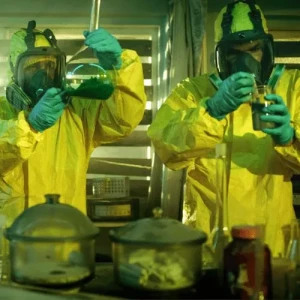
 EN |
EN |  ES
ES